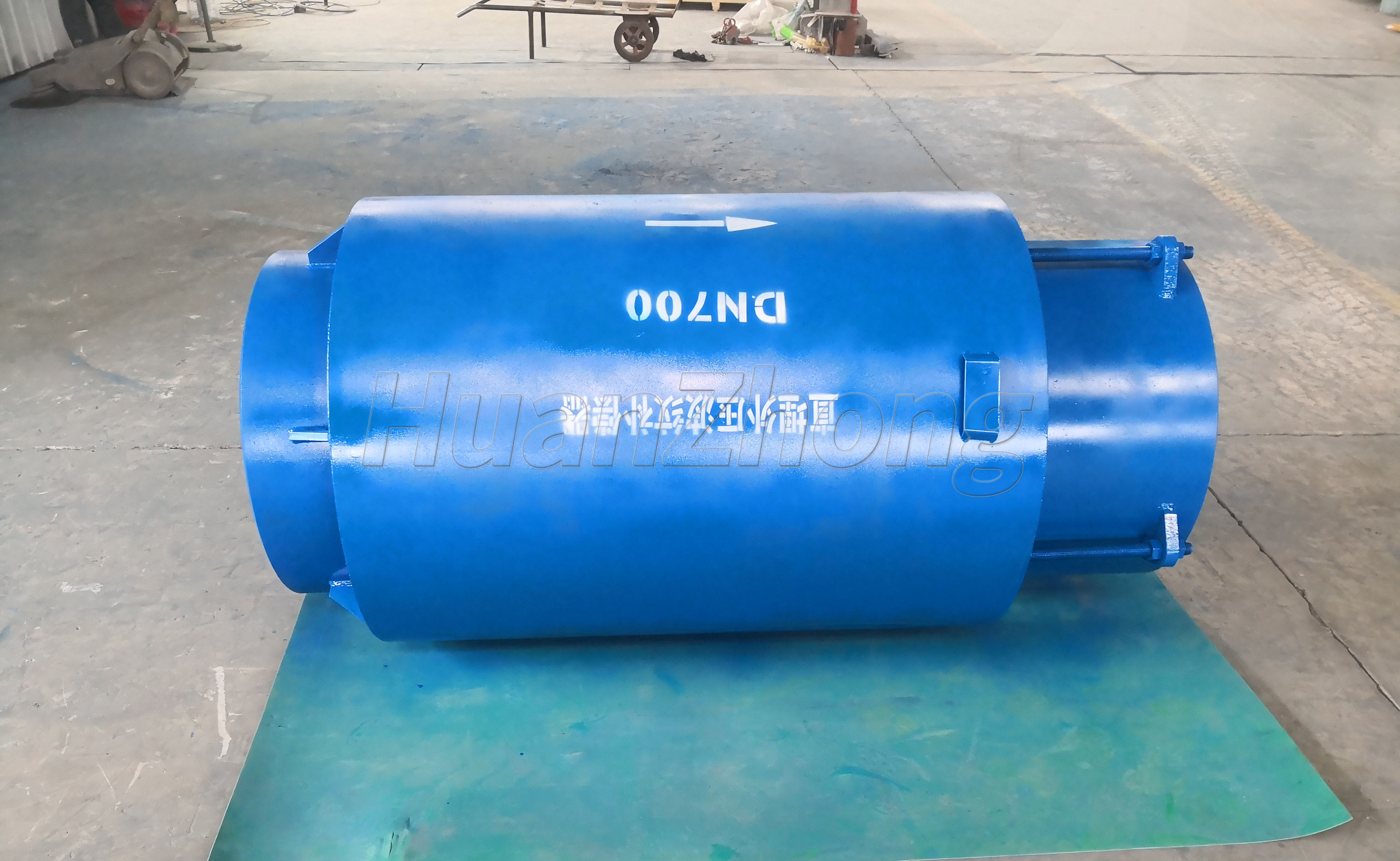Types and Selection of External Pressure Compound Compensators.
Types and Selection of External Pressure Compound Compensators. External pressure compound compensators, also known as external pressure expansion joints, are specialized components used to handle situations where the pressure inside a vessel or piping system is higher than the ambient pressure outside. These compensators are designed to absorb the differential pressure and thermal expansion, reducing stress on the system. In this essay, we will discuss the types and selection criteria for external pressure compound compensators.
Types of External Pressure Compound Compensators:
Single Layer Compensators: These compensators consist of a single bellows layer and are suitable for applications with moderate pressure differentials. They are cost-effective and relatively simple in design.
Multi-Layer Compensators: Multi-layer compensators consist of multiple bellows layers with intermediate pipes or liners. They provide higher stiffness and are designed for applications with higher pressure differentials. This type of compensator allows for higher "spring rates" and a greater range of movement.
Gimbal Compensators: Gimbal compensators are specifically designed to accommodate angular movements caused by external pressures. They consist of a pair of torsional bellows interconnected by a pivot mechanism. This design allows the compensator to rotate freely and absorb angular movements, while still accommodating axial and lateral movements.
Selection Criteria for External Pressure Compound Compensators:
Pressure Rating: The first consideration when selecting an external pressure compound compensator is the pressure rating. It should be able to withstand the maximum pressure differential expected in the piping system or vessel. The pressure rating is determined by the material, design, and construction of the compensator.
Temperature Range: The compensator should be selected to handle the temperature range of the system. High-temperature applications may require materials such as stainless steel, Inconel, or Hastelloy, which offer greater resistance to heat and corrosion.
Movements and Displacements: The compensator should be able to accommodate the anticipated axial, lateral, angular, and axial-lateral movements of the system. The number of bellows layers and the design of the compensator determine its flexibility and range of movement. Proper calculations should be done to determine the required movements and select the compensator accordingly.
Bellows Material: The material of the bellows should be compatible with the fluid being transported and resistant to corrosion. Common materials include stainless steel, Inconel, and Hastelloy, which offer high strength and resistivity to various corrosive environments.
External Environment: Consideration should be given to the external environment the compensator will be exposed to. Factors such as weather conditions, moisture, and presence of chemicals or gases should be taken into account to select a material that can withstand such conditions.
Inspection and Maintenance: Regular inspection and maintenance are vital for the optimal performance and longevity of external pressure compound compensators. The compensator should be accessible and easy to inspect. It is also important to consider the maintenance requirements such as inspection intervals, cleaning, and repair procedures.
In conclusion, selecting the appropriate external pressure compound compensator involves evaluating factors such as pressure rating, temperature range, movement capacity, bellows material, external environment, and maintenance requirements. By considering these criteria and consulting with manufacturers, an optimal compensator can be chosen to handle the specific requirements of the application, ensuring safe and efficient operation of the piping system or vessel.
